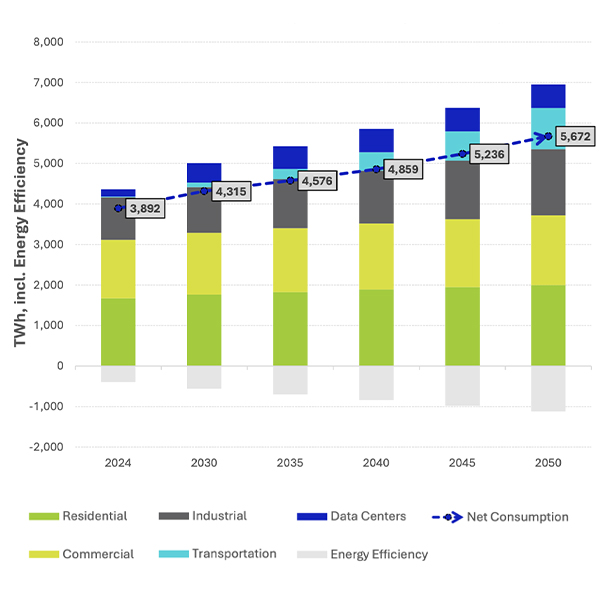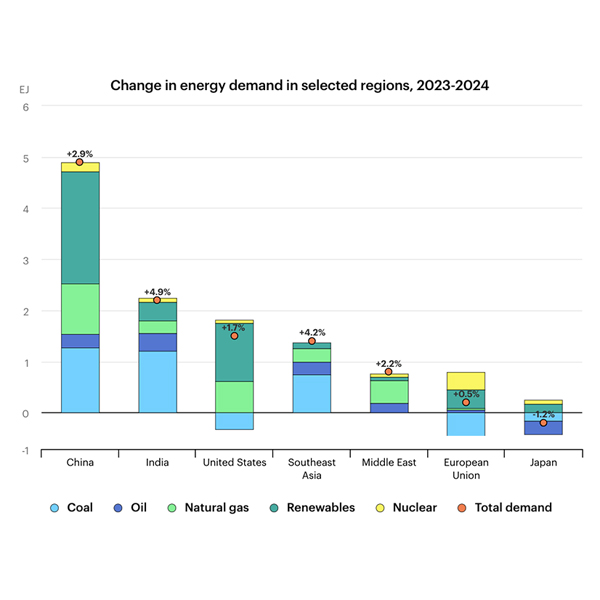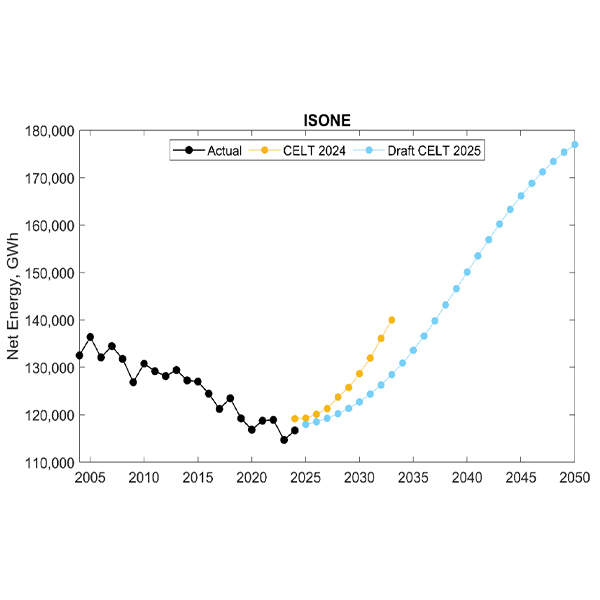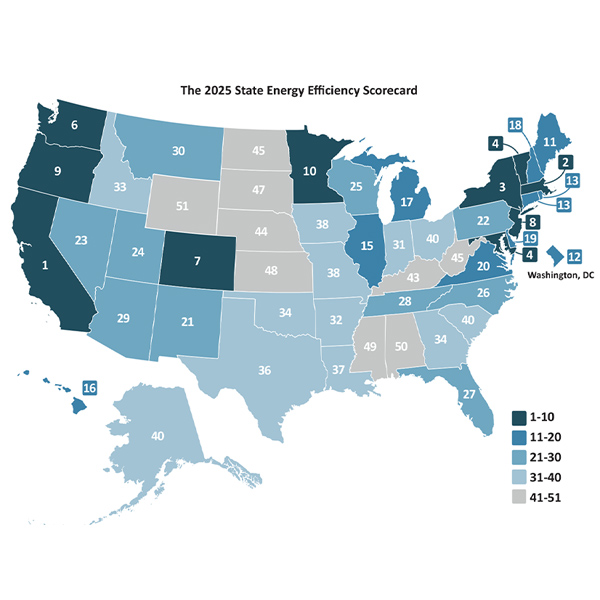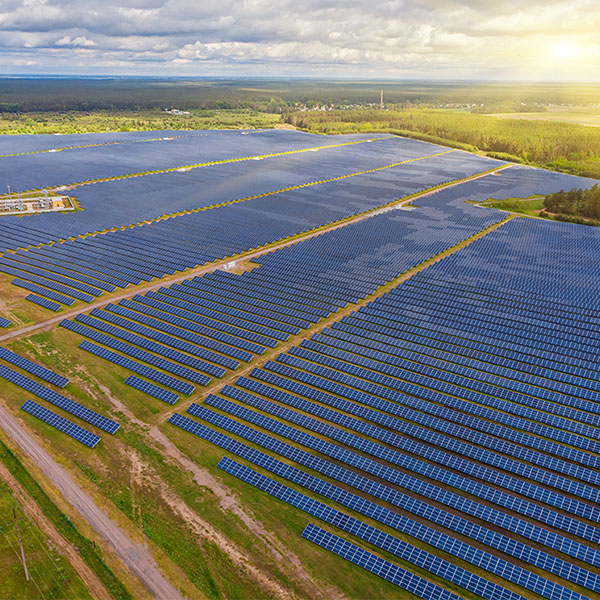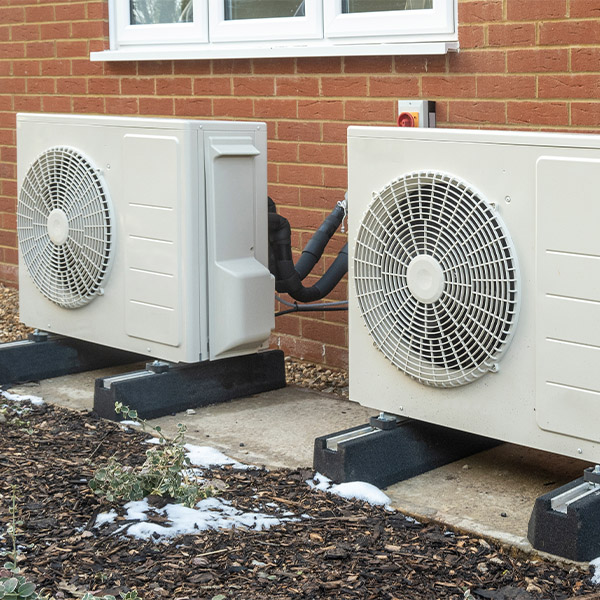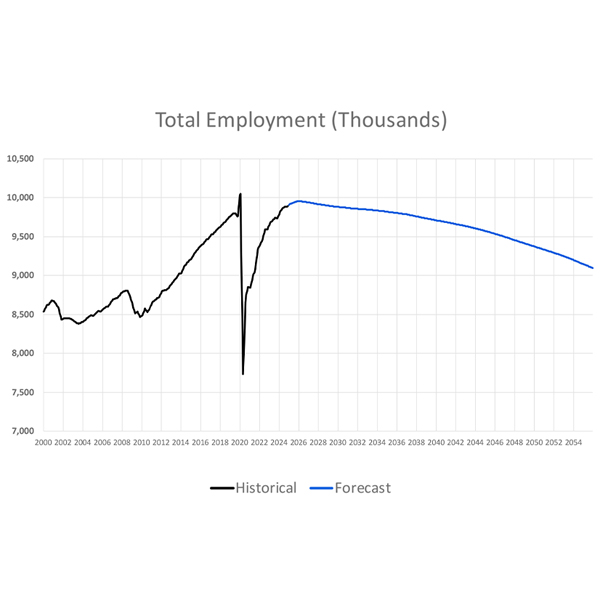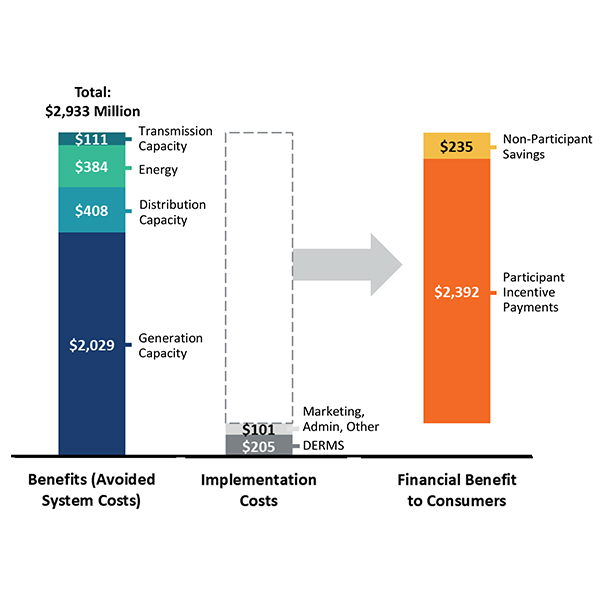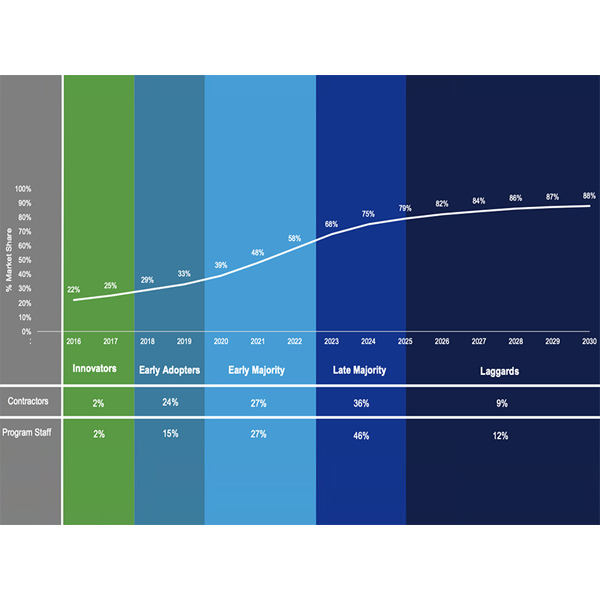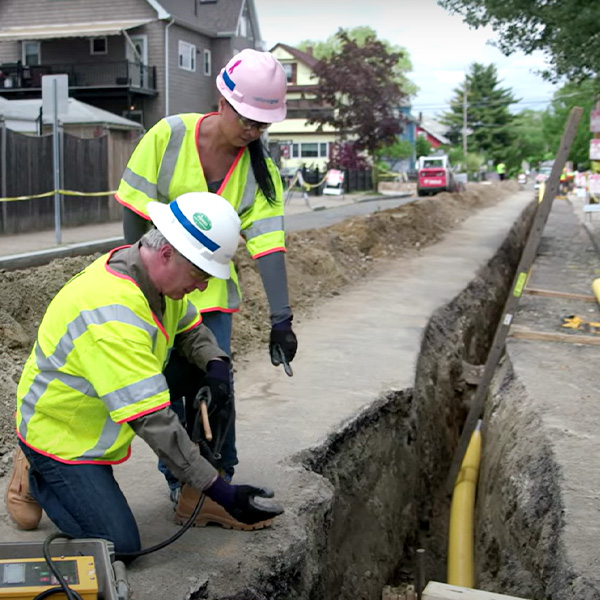Building Decarbonization
Electrical manufacturer trade group NEMA was the latest to release a forecast of electricity demand growth, which shows data centers dominating in the first decade plus, but EVs making up the most from the late 2030s onward.
Data centers may be driving electricity demand growth in the U.S., but air conditioning helped drive a 4.3% increase in worldwide demand in 2024.
As part of a major overhaul of its annual load forecasting process, ISO-NE has significantly scaled back its electrification forecast for electric vehicles and heat pumps.
The 16th ACEEE state energy efficiency scorecard put California at the top of the rankings and Wyoming at the bottom.
Facing an expected surge in energy demand, New Jersey’s Board of Public Utilities outlined a draft EMP that would continue the state’s existing, vigorous electrification strategy.
ACEEE's latest report argues that utilities should adopt winter discount rates to encourage heat pump adoption and recommends continued educational campaigns, including for HVAC contractors.
NYISO presented its assumptions for the economic and electrification trends that would drive load growth through the 2040s based on Moody’s Analytics data, which show statewide population to “significantly” decline.
A Brattle Group study found that New York could achieve 8.5 GW in “grid flexibility” measures by 2040, saving consumers more than $2 billion a year.
Energy efficiency upgrades in the commercial and industrial sector have made LED lighting so common that additional upgrades require more than just swapping old bulbs for new technology, according to a DNV report.
The Massachusetts DPU has proposed requiring customers who request new gas service to cover the full cost of any needed line extensions, which effectively would end utilities’ practice of spreading the costs across their rate base.
Want more? Advanced Search
